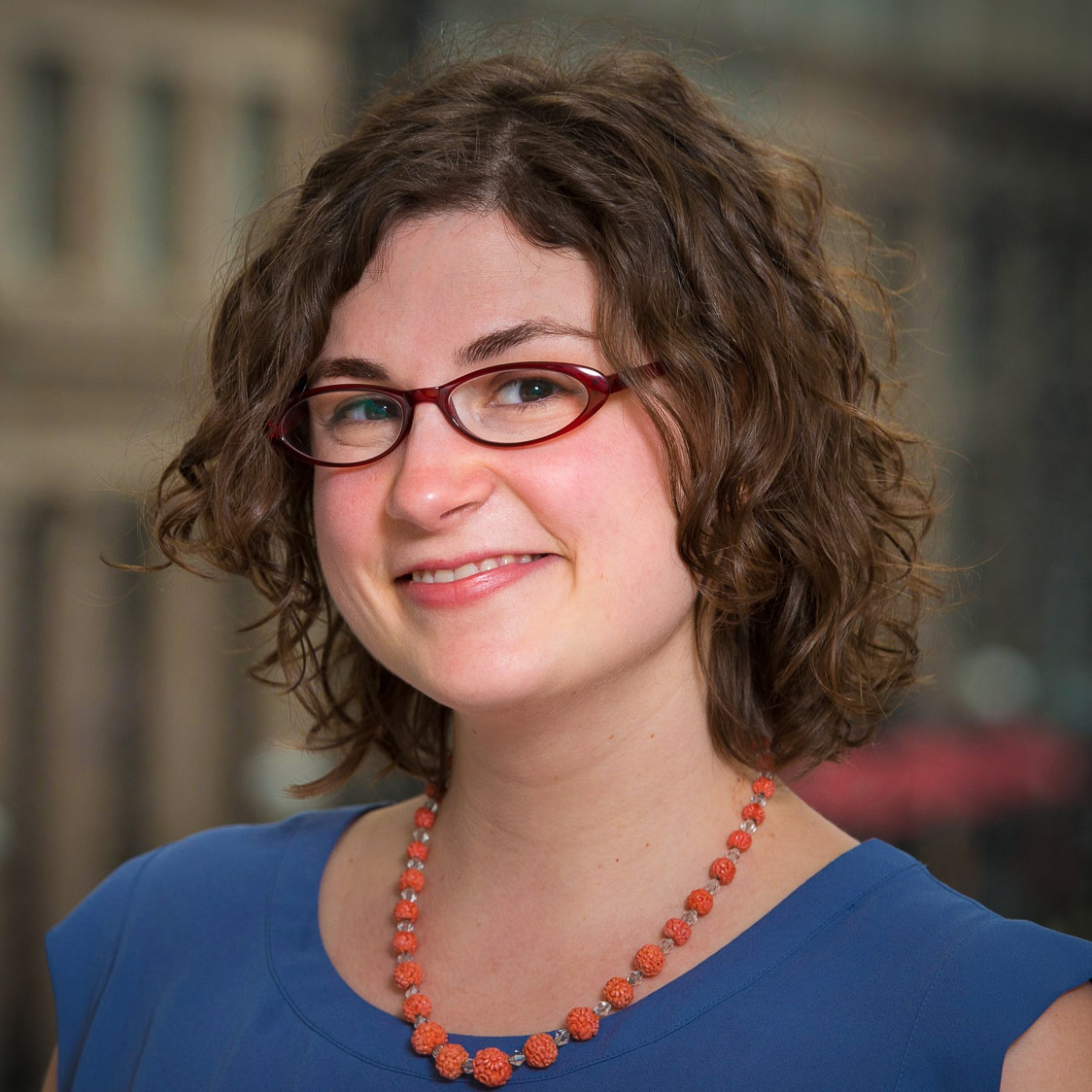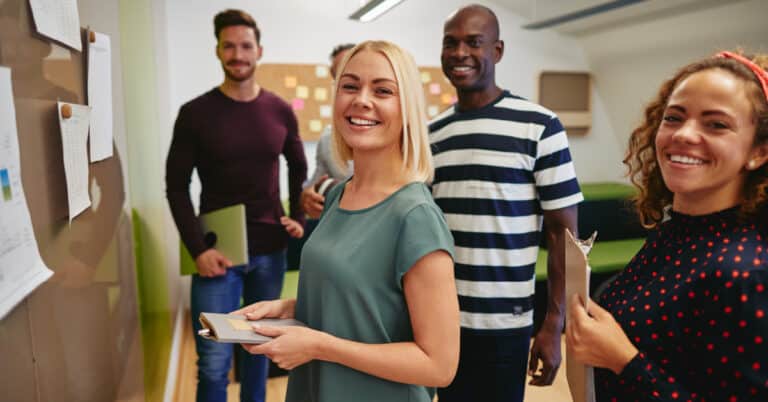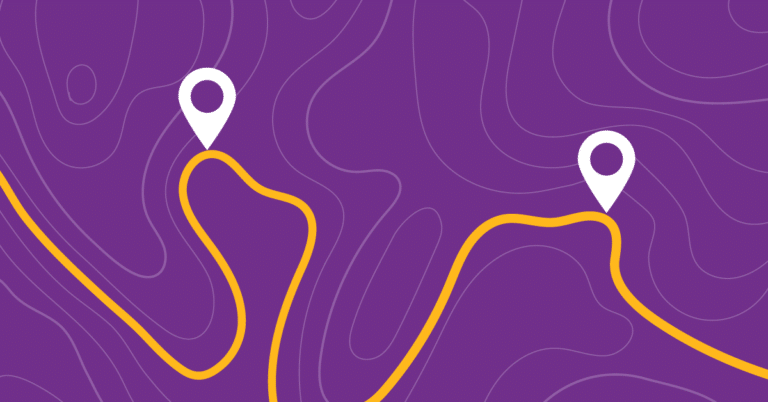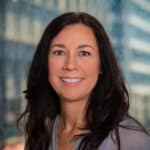When Lindsey Fraley began working with instructional coach Marianne Beja, she wasn’t sure if teaching was the right profession for her. Her first year teaching in another district had been a challenging one. During a conference with building leadership when “they were pointing out everything I’d done wrong,” Fraley had asked if she should pursue a different career, and she’d been encouraged to consider it.
But then she took a position at Strom Thurmond High School.
“Marianne has such a wonderful growth mindset. Instead of looking at everything I was doing wrong, she was telling me what I was doing right and ways that I could make things better. She gave me her time and ideas, and it made me want to work harder,” said Fraley, who has been teaching biology for ninth through twelfth graders in Edgefield County School District in Johnston, South Carolina, for five years. “I went from thinking I was terrible and needed to leave teaching to pursuing my master’s degree. I want to be to other teachers who are new what Marianne was to me.”
This kind of educator-to-educator learning and support is essential to making personalized learning a reality for every student. In every state we work, there is a focus and a commitment on sharing strategies and fostering leadership and learning between educators.
“When we aren’t there, the work of teaching and learning continues and the learning communities we’ve partnered with are equipped not just to sustain the work of personalized learning – but to advance it.”
“We’re truly doubling the number of hands within a community to make a difference for learners,” said former KnowledgeWorks President and CEO Chuck Ambrose. “When we aren’t there, the work of teaching and learning continues and the learning communities we’ve partnered with are equipped not just to sustain the work of personalized learning – but to advance it.”
Building culture through content-sharing
Like so much of the work to personalize learning, building capacity begins with culture.
“My favorite thing is not the product, it’s the collective efficacy they’re building together,” said KnowledgeWorks Teaching and Learning Director Laura Hilger when discussing her work facilitating a district’s shift toward personalized learning. “We might be working on their learning continuum and discussing the standards they want to prioritize, but what they’re actually talking about is what matters to them. They’re working on their ‘what’ at the same time as their ‘why.’”
Just as students are more willing to engage with and learn from teachers they trust, adult learners need to feel safe in front of their peers, to be willing to experience discomfort and to appear vulnerable. For Fraley, having someone in the role of an instructional coach is key to building trust and relationships.
“It’s hard to know what’s going on in other classrooms,” said Fraley. “You’re not sure that what you’re doing is right, and an instructional coach can support you and point you towards other people in your building who can help you and are willing to share what they know.”
While an essential part of Hilger’s work is helping districts realize their visions for personalized learning, she recognizes the collegiality that she helps educators to build between classrooms and from building to building is what allows for student-centered practices to scale district-wide.
“Peer-to-peer learning is a game changer for teachers’ professional practices,” said Hilger. “This is an aspect of collective efficacy: the belief that as a team, they can accomplish their vision for all learners, one step at a time.”
“Peer-to-peer learning is a game changer for teachers’ professional practices.”
As KnowledgeWorks convenes educators, policymakers and community members in Arizona, North Dakota and South Carolina, we stress that we’re just giving them the tools – the work belongs to them.
“While every educator is at different places in their learning, there are others who have likely been there before or who have a strategy or classroom example that can help someone else get started,” said Emily Smith, KnowledgeWorks Director of Network Advancement. “We encourage educators to share what they’re wrestling with, what they’ve tried in their classrooms and develop targeted strategies to engage others in their building in learning.”
For KnowledgeWorks Teaching and Learning Director Robin Kanaan, who is working with a cohort of instructional coaches in South Carolina, thinking about how to coach others on the content is just as important as the content itself.
“They get the content, but through the lens of, ‘What does it mean to coach this?’ What are the critical conversations they need to have, the strategies for engaging reluctant staff?” Kanann explained, citing how she can model for coaches what it looks like to let others be leaders. “When you’ve worked closely with a teacher and coached them up, then you can step back and that teacher gets to be a leader.”
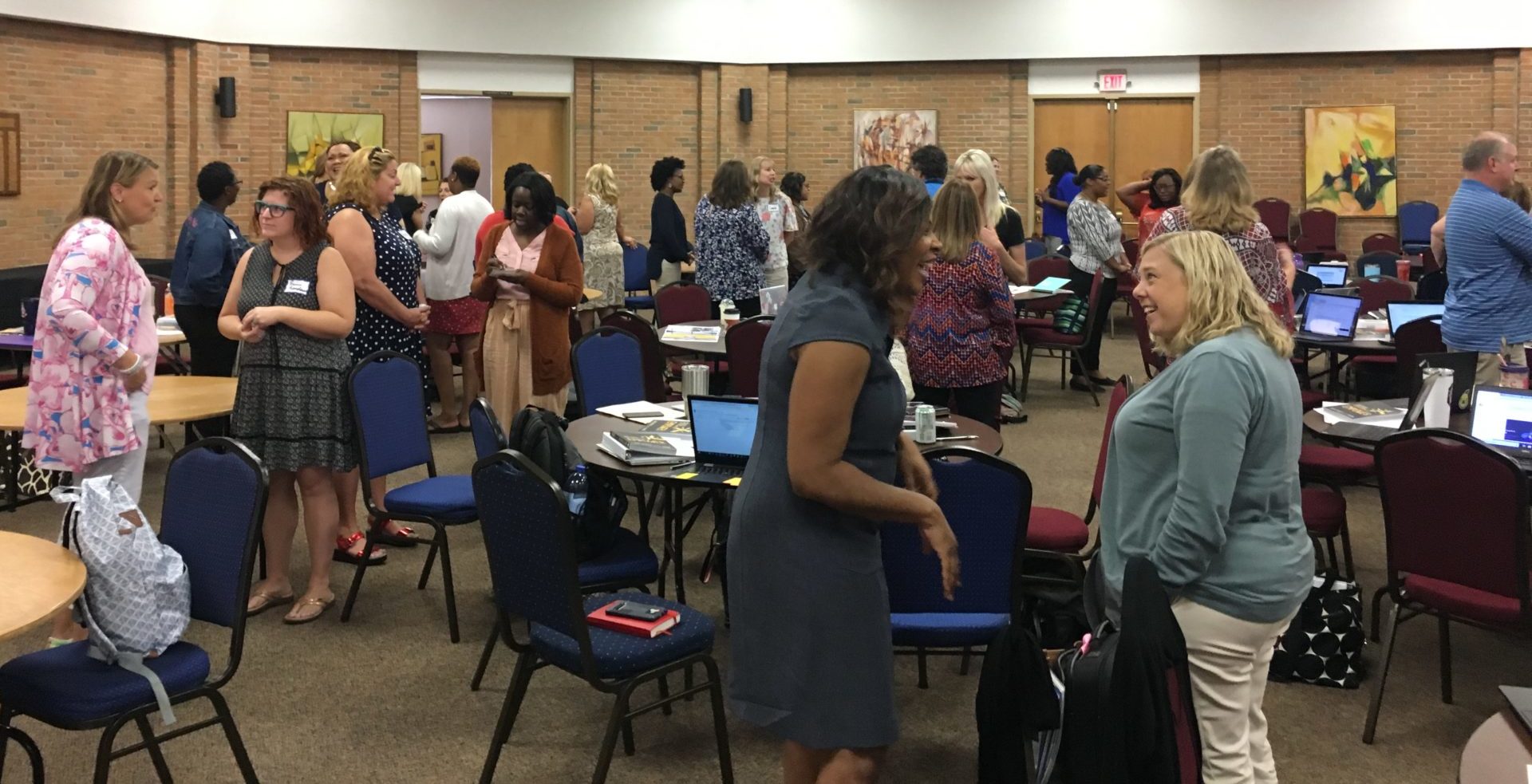
What peer-to-peer learning looks like at the state level
Sarah Young is the director of strategic initiatives at the Utah State Board of Education and is working with KnowledgeWorks to meet the enthusiasm of Utah’s schools for personalized learning with strong policies to support it.
“We need to broaden our supports and take a systemic approach; our districts are talking about this work happening now, not what it’s going to look like in the future,” said Young. “Working with KnowledgeWorks means we have the opportunity to see different implementations, to be able to highlight those key steps and key trends across the nation that we need to pay attention to and think of our own plan.”
Utah’s State Board of Education is beginning to facilitate conversations with their educator’s association, university leads, the PTA and teachers and leaders from both charter and public schools to create competencies aligned to the Utah Portrait of a Graduate.
Lillian Pace, Vice President of Policy and Advocacy with KnowledgeWorks, stresses that bringing diverse stakeholders into the conversation is essential, not just because of the inevitable turnover of elected officials, but because systemic change demands community-wide participation and understanding.
“You need varied voices and partners to have really open conversations about what could be possible, to consider what it would take to design schools to support that,” Pace said, citing how the approach models for state leaders how to engage diverse stakeholders, from teachers and districts leaders to representatives from business and civil rights groups. “We’re coaching state leaders around stakeholder buy-in so the process is seen as collaborative and something shared. How do we bring people with diverse perspectives together to advocate for change?”
It’s also not just about connecting policymakers with the leaders and innovators in their state, but also about recognizing those common education policy challenges that cross state lines.
“Whenever we get stuck, it’s helpful to have KnowledgeWorks provide us exemplars from other states, to make it more tangible, more visual,” Young said. “The emphasis is that we’re learning together, and that these shared conversations are a component of building capacity for the field.”
“We’re coaching state leaders around stakeholder buy-in so the process is seen as collaborative and something shared. How do we bring people with diverse perspectives together to advocate for change?”
The power of learning together
For Ambrose, there’s a multiplier effect when KnowledgeWorks partners with learning communities.
“We’re equipping all stakeholders – from educators and parents to students and policymakers – to own their learning,” said Ambrose. “They’re sharing the responsibility and the outcomes; there’s a degree of exponential power when all of that comes together.”
Building educator competence and confidence is necessary to truly personalized learning at scale. At Strom Thurmond High School, Beja recognized Fraley as an educator who would be most interested in beginning to implement personalized learning practices in her classroom, setting her up to model and share knowledge with other teachers in her building. There’s a regular practice at the school for learning walks and peer classroom observations, and when a new Science teacher started mid-year, Beja made sure the new teacher knew she could come to Fraley for questions and support.
“The knowledge you need is down your hallway,” said Fraley. “The other teachers that are in your building, your department, your grade level… they’re better than any article or book you’re going to read.”
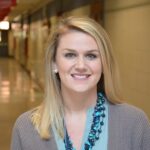
“The knowledge you need is down your hallway. The other teachers that are in your building, your department, your grade level… they’re better than any article or book you’re going to read.”
When the South Carolina Department of Education launched their Office of Personalized Learning, their aim was clear: to develop the capacity of district leaders and educators to create personalized, student-centered learning environments that prepare all students, not just some or most, for success. Enter teacher inquiry labs.
